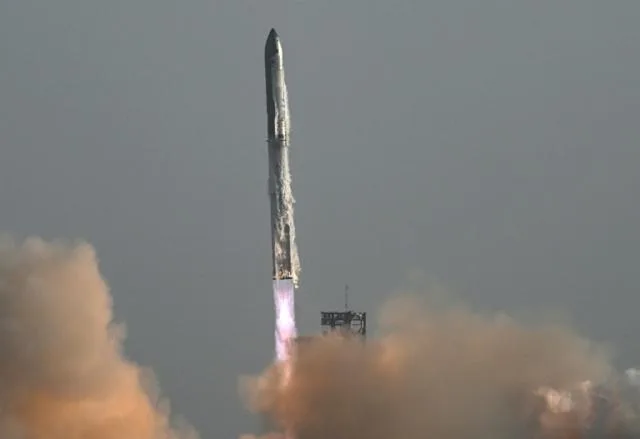SpaceX is preparing for its next test flight of the Starship megarocket on Tuesday, aiming to advance Elon Musk’s vision of sending humans to Mars. The launch window opens at 6:30 p.m. (2330 GMT) from the company’s Starbase site in southern Texas.
At 403 feet (123 meters), Starship is the largest and most powerful rocket ever built. While SpaceX sees it as central to interplanetary travel, NASA is also relying on a Starship variant to land astronauts on the Moon as part of the Artemis 3 mission.
The last two test flights ended in explosions, scattering debris and disrupting air travel in the Caribbean. Now under greater scrutiny, SpaceX is hoping this launch marks a turning point.
The company is doubling down on Starship, shifting resources with the goal of readiness for a potential Mars mission as early as next year, according to The Wall Street Journal.
Despite past failures, SpaceX has made progress—successfully catching the Super Heavy booster with its robotic launch tower arms three times. However, for this ninth test flight, the reused booster will splash down in the Gulf of Mexico.
The upper stage will again attempt a partial orbit before a controlled splashdown in the Indian Ocean. For the first time, the mission includes a payload: mock Starlink satellites that are expected to burn up on reentry.
The Federal Aviation Administration (FAA) has expanded the airspace closure zone to 1,600 nautical miles and coordinated with international authorities to ensure safety. It also approved an increase in annual launches from five to 25, overruling environmental concerns about potential harm to wildlife.
SpaceX acknowledges the challenges but remains confident. As the company put it, progress “won’t always come in leaps.”
AFP


